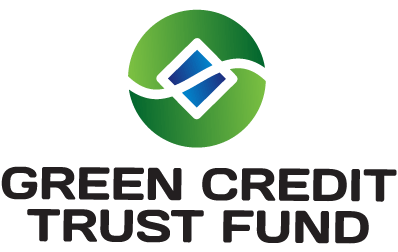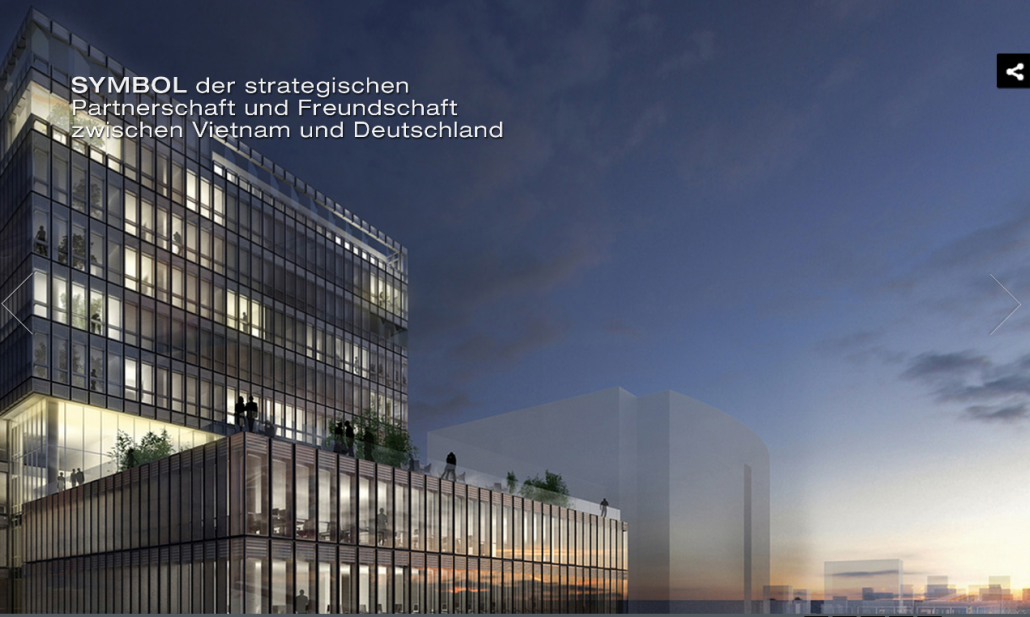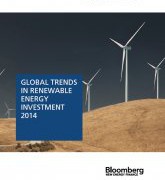Blocking the heat
In tropical countries as Vietnam Ventilation and Air Conditioning of buildings is a necessity to provide livable and workable conditions for people and electronic equipment. On the other hand Carbon Trust estimates that ACs can increase the energy consumption of buildings up to 100 percent, adding a huge figure on the financial and environmental burden of buildings and their operation.

Therefore measures to mitigate the warming of the facilities itself become more crucial as they lower the amount of energy used for active cooling later on. One of this measures it the selection of modern glass layers for windows shielding the interior from Infrared Light while still ensuring proper transparency for light rays in the visible spectrum. Heat transmitted via heat radiation is reduced to 15 % through the installation of a modern 3-layer-windows compared to a single layer window.
In combination with accurate insulation of windows and doors to minimize convection as well, this will lead to significant energy saving. The American council estimates that air conditioning costs can be reduced by 3 -5 % for every degree Celsius not needed to be cooled down. Considering that the comfortable living and working temperature for humans is around 20 °C and the average temperature in Vietnam is raging from 24 °C (Hanoi) to 27 °C (HCMC) the installation of proper insulated windows can lower the energy consumption significantly. Depending on the overall environmental conditions as the annual average temperature, sun hours per day or the configuration of the building, the payback time of the investment varies. A scenario from Austin, Texas (around 20 °C average) with the given temperature distribution estimates the payback time of the installation of modern windows to one year and to 10 years if existing window are replaced. In Vietnam this payback time is estimated to be even shorter.
Besides the reduced energy costs and corresponding savings in resource consumption, the installation of modern windows also increases the appearance and the value of the premise.
Admin GCTF










